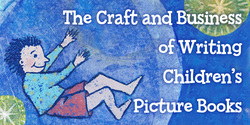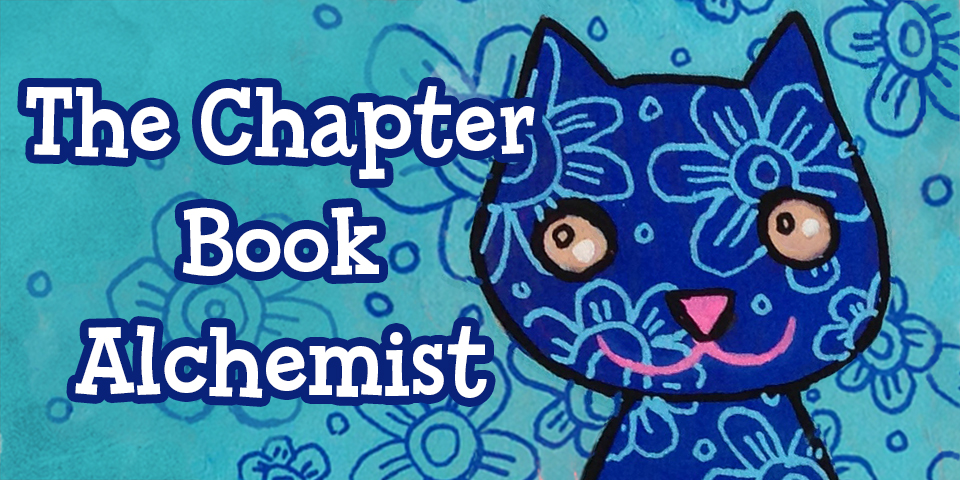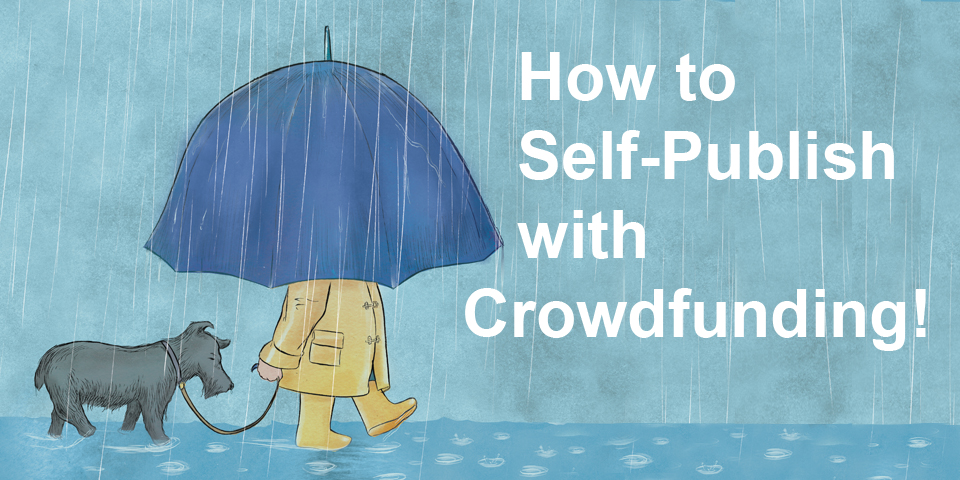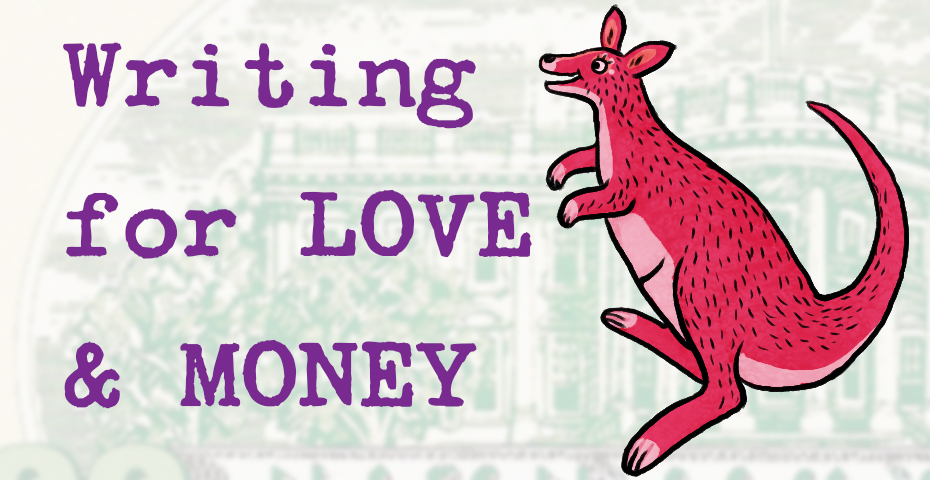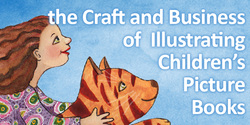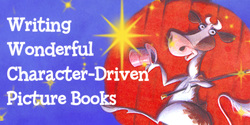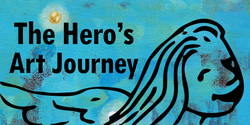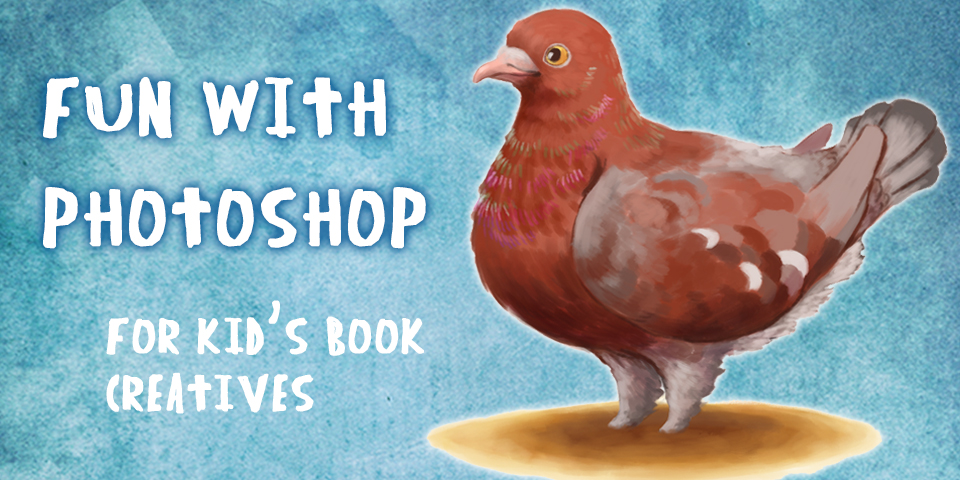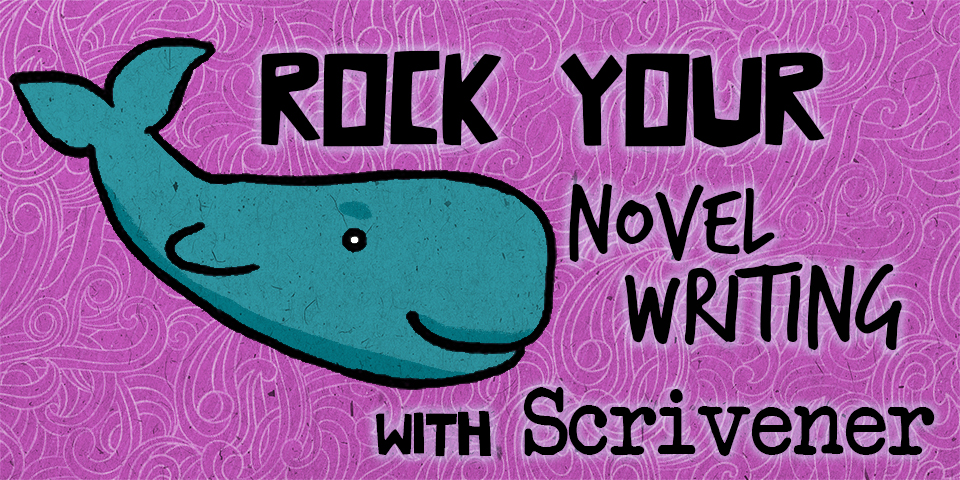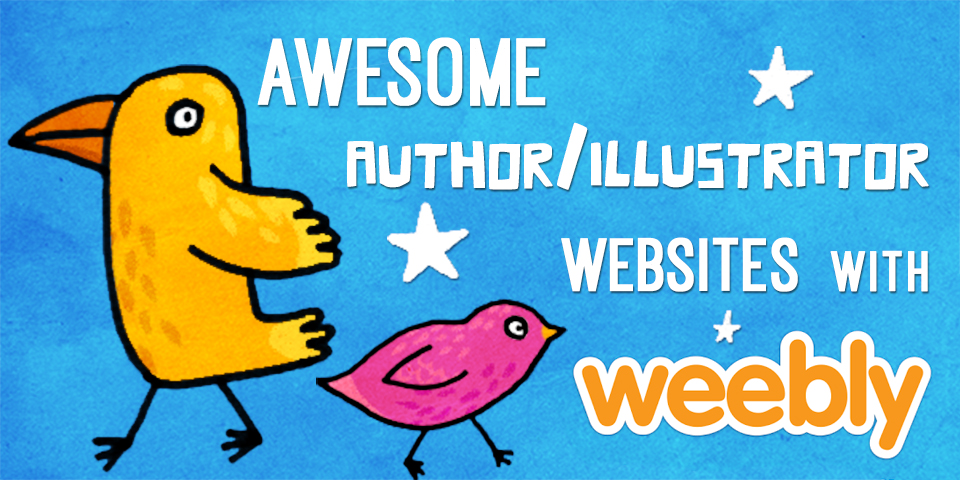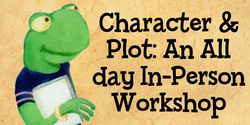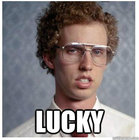 While completing my MFA in Illustration, I had a professor tell me that the planning stage for developing an idea for an illustration - which includes the brainstorming, researching, and rough drafts - can take up to about 90% of your time while the final art takes about 10%. Now, don't fall off the edge of your seat like I almost did. Although those figures may seem high, if you really think about it, he was right. Not convinced? Let me show you. But first, step back from your paintbrush. Don't touch the color palette on your Cintiq tablet. Put away those pastels and markers, and read this: When it's time to create a new illustration, I usually start of by making a list of all the possible directions I could take the drawing. I first decide what kind of mood or theme I want the illustration to portray - humorous, emotional, informational, etc. and write down all possibilities. Sometimes the ideas come as fast as lightening, and others come at me slower than a sloth! But however long it takes to get a good idea, I have to brainstorm. Some illustrators bypass the list and go right to thumbnail drawings. But thumbnails should not be skipped. These are small drawings, about 2" x 3", that let you see if your idea will work visually. I tend to draw very rough thumbnails but I do know some illustrators who have a great talent to draw very detailed, small drawings that are almost like mini-rough sketches. (In the words of Napoleon Dynamite: "Lucky.") 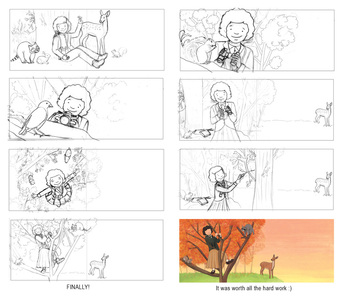 In the thumbnails, I'll try different layouts or perspectives. I'll decide if I should put the illustration in a spread or if the text works better as a series of vignettes or panels. Or perhaps I will show facing pages, or two separate illustrations on each page of a spread. So far, all planning and no final drawing. Next, I go through the thumbnails and choose the one that would best showcase the illustration in order to develop it into a rough sketch. I will also research further at this point, going to the library, looking online for facts or photos, conducting interviews with people who may be knowledgeable about the topic, taking my own photo references, etc. Often times I make multiple versions of the same illustration, just to make sure I have found the best composition possible. Still no final illustration yet! Then it's time to get some input from my critique groups. (I emphasize the "s" in "groups" because I think it's important to belong to at least two different groups to get various perspectives on your work.) If you're not part of a critique group, you are losing out on improving your skills and knowledge greatly. Critiquing is probably the most crucial stage of the illustration process. You need to have other people's points of view and opinions because fresh eyes will catch things that you don't see. You are too tied to your work and might not see where things may not work as well as you thought. Because guess what? If you were working with an art director or an editor on a project, they could have you make changes, too. Sometimes over, and over, and over, and over again. Just look how many times it took me to get the image Albert Whitman & Co. wanted for the page about Rachel Carson in "The Hero in You." By the time it was over, I wanted to hide away in a tree, too! Hey... don't touch that paintbrush yet. You still haven't heard me say to go to the final art. From the critique feedback, I go back and evaluate my work. I don't always agree with all the feedback, but if multiple people are telling me the same thing chances are it needs to be fixed. Other times, people just misinterpret something or simply have a different opinion. After all, this business is subjective, right? Then I adjust the rough sketch, and get it critiqued again. And again, and again, and again until I feel like it's at the place where it should be. Okay, we're getting close. The next stage is to refine or redraw the sketch and prepare it for final art. Some artists create color roughs to plan out the color scheme they'll use. These are just thumbnail size colored in drawings of your artwork. I don't always do color roughs, but I will often create a value rough. And I always convert my work into grayscale every so often during the final art stage to make sure the central focus has the best contrast. This also helps to make sure that two values of the same range are not touching or too close to each other. (More about the importance of value patterns in future posts.) Alright, you've been patient enough. Go ahead and grab your brush - now you're ready to finish your work! At this point, your composition should be finalized, and it's just a matter of rendering. All the kinks should have been worked out in the previous stages so that all you're left with is coloring and/or shading to bring your illustration to life. Then bring your work back to your critique group to make any necessary changes before submitting the work to the art director. Don't be surprised if the art director or editor wants you to adjust a color or a shadow or a highlight here or there. It's all part of a very long process. Whatever your final art technique is, by taking the time to plan out your work, seeking people to critique your work, really thinking about the color and value of the finished piece, AND being open-minded and patient, you should wind up with an illustration that will come out better than your original idea, and better than you could have possibly imagined.  Angela Padron is a published illustrator of two books, including "The Hero in You" by Ellis Paul, as well as a Star Wars geek and chocolate chip cookie connoisseur. She also writes and illustrates her own picture books, board books, and chapter books. When she's not teaching, Angela works as a freelance writer and editor for educational publishers and spends weekends enjoying walks along the beach with her family. View her online portfolio at www.angelapadron.com. You can also "like" her facebook page, follow her on Twitter @angela_padron, and follow her own blog called "Show and Tell" with weekly posts about teaching, writing and illustrating books for children.
2 Comments
Bridgette Pelzer
12/19/2014 12:44:31 am
Well informed tips! Thanks - Angela!
Reply
12/21/2014 09:56:42 pm
There are so much of useful advices in it, such as converting to gray-scale and be patient throughout the whole process...
Reply
Leave a Reply. |
Meet the Friday Blogonauts
First Fridays will feature Bryan Patrick Avery, published writer , man of mystery, and professional magician among other things.
Second Fridays will feature awesome multi-award winning author Marsha Diane Arnold who will be writing about character-driven and/or nature-based books and/or anything she likes :) Third Fridays will feature independent Aladdin/Simon & Shuster editor Emma Sector who has helped bring many books into the world. Fourth Fridays will feature the great Christine Taylor-Butler who has published over 70 award-winning fiction and non-fiction and nonfiction books including the acclaimed new middle grade series - The Lost Tribes. Fifth Fridays will feature the fabulous Carl Angel award-winning multi-published Illustrator and graphic designer. Join our Tribe
and receive 7 Steps to Creative Happiness, access to free webinars, and lots more!
Your email addresses are always safe and respected with us. Follow our Blog!
Archives
January 2019
Categories
All
|
|
Discover
|
About Us
|
Join Us
Join our Community and receive a fabulous free gift, KidLit tips, newsletters, scholarship info, contests, and more!
Join our KidLit Mentorship |
Social Media
Interact with our FaceBook Group or follow us on:
|
© 2010-2024 All content on this website is copyrighted. Sorry, all courses are non-refundable.
